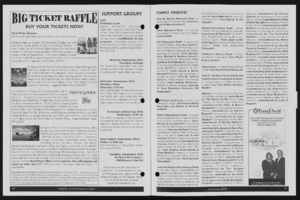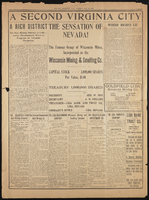Search the Special Collections and Archives Portal
Search Results
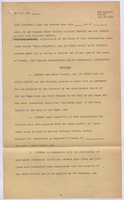
Contract between the Union Pacific and Los Angeles & Salt Lake Railroad Companies, and the Las Vegas Valley Water District, August 29, 1952
Date
1952-08-29
Archival Collection
Description
Second redraft of contract for the Las Vegas Valley Water District to remove all power lines and water pipelines from railroad property after a yet to be agreed upon number of months.
Text
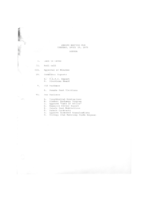
Meeting minutes for Consolidated Student Senate, University of Nevada, Las Vegas, April 29, 1975
Date
1975-04-29
Archival Collection
Description
Agenda and meeting minutes for the University of Nevada, Las Vegas Student Senate. CSUN Session 3 Meeting Minutes and Agendas.
Text
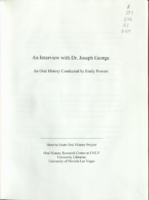
Transcript of interview with Dr. Joseph George Jr. by Emily Powers, April 8, 2008
Date
2008-04-08
Archival Collection
Description
Dr. Joseph George, Jr., was born, raised, and educated through high school in Sudlersville, Maryland. He describes his college career at the University of Pennsylvania and earning his MD degree at University of Maryland in Baltimore. There were only 15 students in his high school class and 114 in his medical class. After graduation and two years of country medical practice, Dr. George joined the Army in 1942 and became a flight surgeon. His duty assignments took him to Africa, England, and St. Petersburg, Florida, doing physical exams for pilots and flight crews and treating soldiers with mental problems. He was discharged in 1945 and headed for California, but describes his change of mind when the train arrived in Las Vegas for a brief stopover. Dr. George liked what he saw, a typical small western city, and decided to stay. He mentions the original hotels and hospitals and names many of the doctors he knew in the forties and fifties. He opened his family practice in an office on Fourth and Carson and later moved to a location on East Sahara. Over the next forty or so years he delivered more than 6,000 babies at various hospitals in Henderson and Las Vegas. Dr. George shares several anecdotes and stories, names a few notable Las Vegas patients, and comments on historical incidents that occurred here. He gives his opinions on changes he has seen in medical practice and the need for improved psychiatric care in the valley. He also talks about keeping in touch with former patients, high school classmates, and the members of his medical class at University of Baltimore.
Text
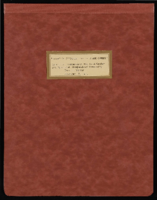
Operation Opportunities Clark County, Operation Independence Day Care Center and Community Service Center: documents
Date
1965
Archival Collection
Description
From the Clark County Economic Opportunity Board Records -- Series II: Projects. This folder contains documents, reports, and some correspondence from Operation Independence Day Care Center and Operation Independence Community Service Center as well as some correspondence about Clark County School District
Text
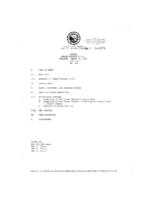
Meeting minutes for Consolidated Student Senate University of Nevada, Las Vegas, March 14, 1991
Date
1991-03-14
Archival Collection
Description
Includes meeting agenda and minutes. CSUN Session 21 Meeting Minutes and Agendas.
Text

Transcript of interview with Joe Burton by Bob Barrera, March 11, 1980
Date
1980-03-11
Archival Collection
Description
Bob Barrera interviews businessman Joe Burton (b. February, 26, 1940 in Texas) about his business and life in Nevada. During the interview Joe discusses moving from Texas to Las Vegas, Nevada. He talks about his business; procedures and practices; and how the equipment he uses has changed over the years. Joe describes Downtown and how he felt about the Mafia running the casinos on the Strip. He also weighs in on the MX missiles being located in Las Vegas.
Text
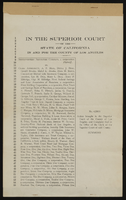
Superior Court of California summons
Date
1938-01-05
Archival Collection
Description
This folder is from "Legal Records" file of the Sadie and Hampton George Papers (MS-00434)
Text
Pagination
Refine my results
Content Type
Creator or Contributor
Subject
Archival Collection
Digital Project
Resource Type
Year
Material Type
Place
Language
Records Classification


